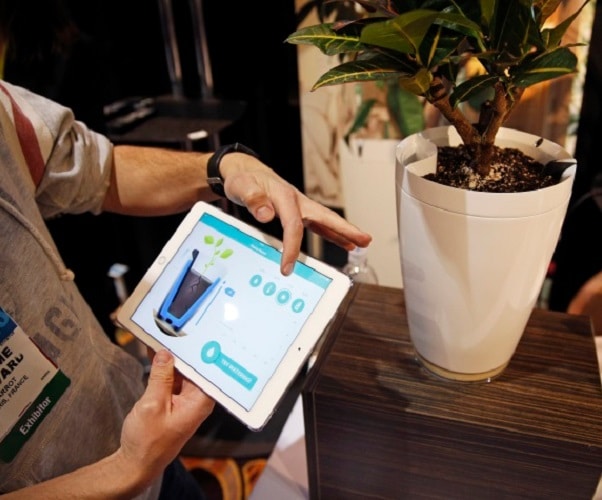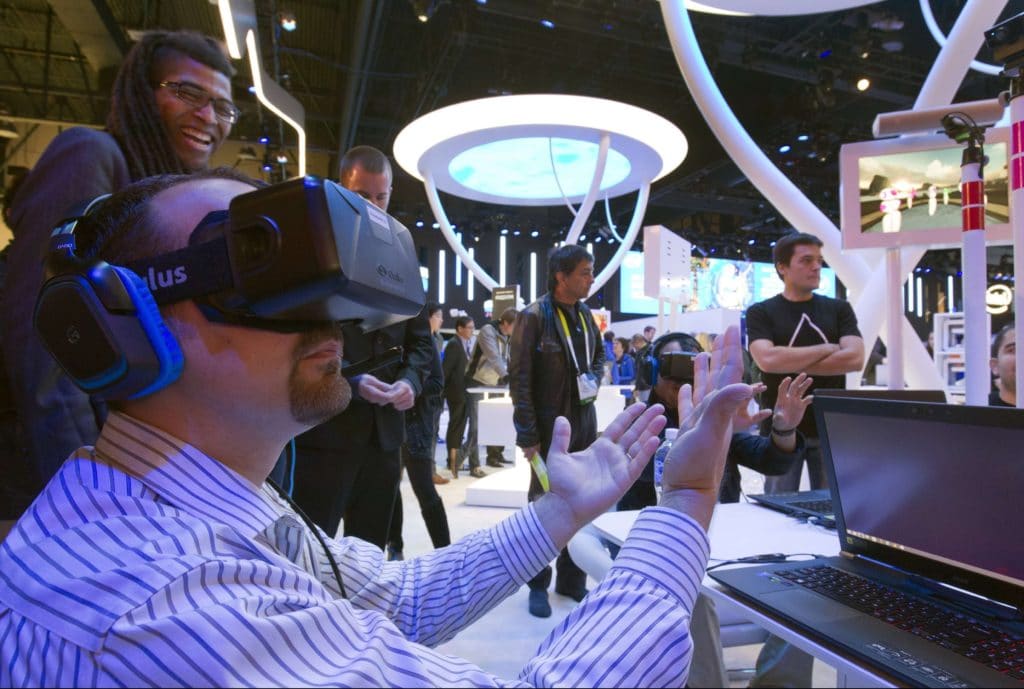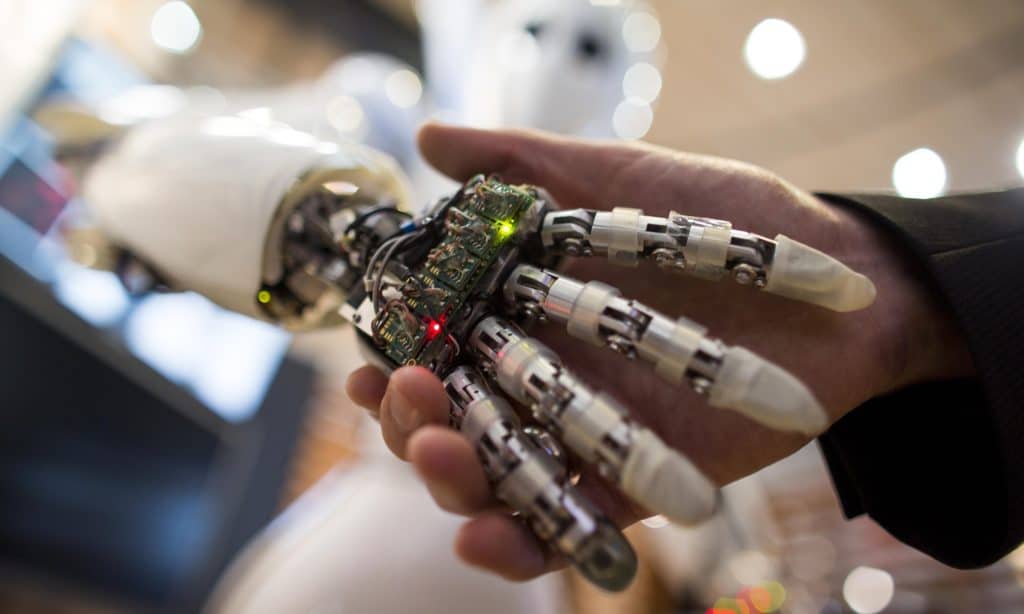In today’s digitally driven society, many people are keeping their precious memories, years of research or other valuable information on hard drives or USB sticks rather than in hard copy journals or photo albums. In a matter of years, however, those digital means of data storage could be useless, and the data stored on the devices could vanish forever.
Scientists believe DNA has the potential to change that and lead the world into a new age of data storage where data can be saved for thousands of years.
A company called Backblaze is leading the efforts by running a massive test.
The company is running 25,000 hard drives all at the same time to figure out how long these devices can last.
CNN reported that the test results so far haven’t been too promising for our current data storage methods.
“While this census has only been running five years, the statistics show a 22 percent attrition rate over four years,” CNN reported.
Researchers in Switzerland are now looking to DNA to provide a permanent fix to this problem.
“So compact and complex are its strands that just 1 gram of DNA is theoretically capable of containing all the data of Internet giants such as Google and Facebook, with room to spare,” the CNN report added.
The hard part is figuring out how exactly to utilize DNA for data storing purposes.
The process will likely, according to researchers, reflect the natural processes of DNA storage that are already present with fossilization.
There is hope that if fossilization can store DNA for such incredible periods of time, the same can be replicated with modern data storage.
“The time limit with DNA in fossils is about 700,000 years but people speculate about finding one-million-year storage of genomic material in fossil bones,” Robert Grass, lecturer at the Department of Chemistry and Applied Biosciences, told CNN. “We were able to show that decay of our DNA and store of information decays at the same rate as the fossil DNA so we get to similar time frames of close to a million years.”
The ultimate goal, according to Grass, is to “get the high storage density of DNA and combine it with the archaeological aspects of DNA.”
As exciting as the premise is, however, there is still a ways to go and a lot more to learn about DNA.
“A lot of it is not really known,” Grass says of DNA’s mysterious capabilities. “What we’re trying to understand is how DNA decays and what the mechanisms are to get more insight into that.”
He also pointed out that the current process to store information on DNA is incredibly expensive, but he believes medical advances could soon change that.
“Already the prices for human genome sequences have dropped from several millions of dollars a few years ago to just hundreds of dollars now,” Grass said. “It makes sense to integrate these advances in medical and genome analysis into the world of IT.”













